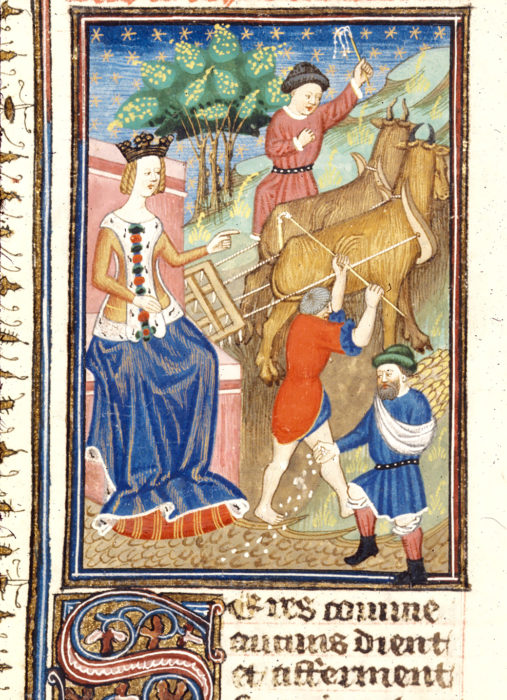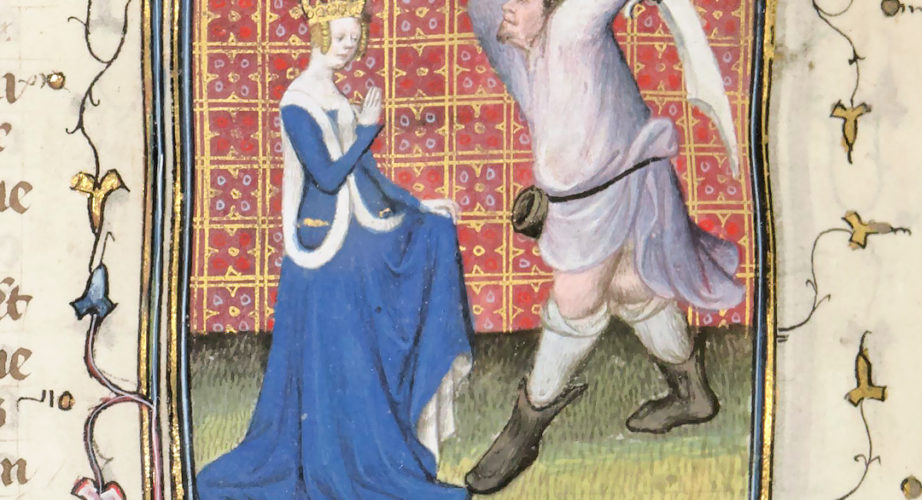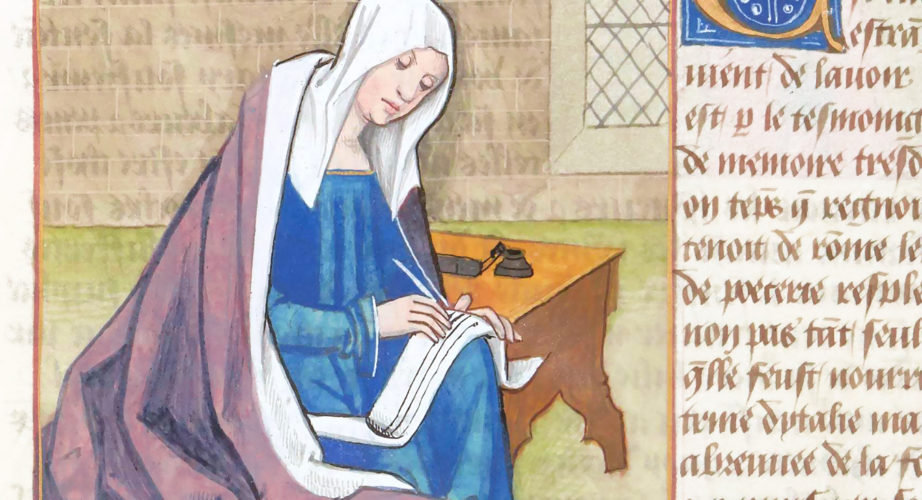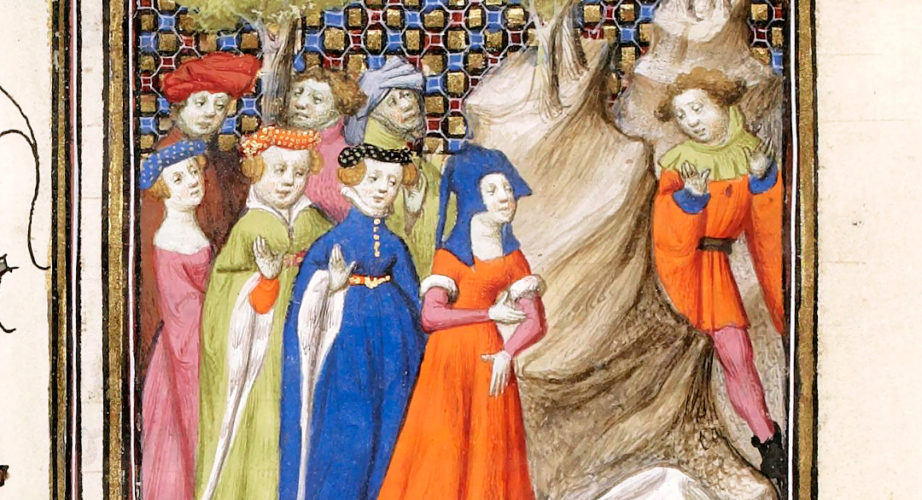Ceres

Today, just like every Wednesday, Folia Magazine welcomes a new Mulier Clara: the spotlight this week goes to Ceres, the goddess of agricultural fertility. In accordance to her patronage, the deity is often depicted holding a scythe and surrounded by ears of wheat.
Ceres’ name finds its origins in the Indo-European root -kehr (to satiate, to feed), which is also the root for the Italian verb “crescere” (to grow) and the English “to create”: the goddess is in fact considered the protector of crops and agriculture. According to her worshippers, moreover, it was Ceres herself who taught men how to work the earth, thus helping the progress of human society. In the De Mulieribus Claris, Boccaccio describes how the growing use of agriculture heavily improved people’s lives: evolving from mere “brutes” into civilized men, humankind was able to transform wilderness into beautiful fields and rich cities. The author, however, points out how the invention had also a collateral effect. Boccaccio states that the subdivision of fields eventually led to private property and, later on, to the disparity between classes: richness, sloth, and lust on one side, servitude, poverty, and hunger on the other.
“Ceres”, illumination from the manuscript “Le livre de femmes nobles et renomées”, ms. Royal 16 G V, f. 9v, ca. 1440, British Library, London.
Historically and mythologically speaking, being in a powerful position (and perhaps also a…
The time has finally come for the very first Women’s Wednesday of 2021!…
Welcome back to another Women’s Wednesday! Our weekly Mulier Clara, much like Sappho…


